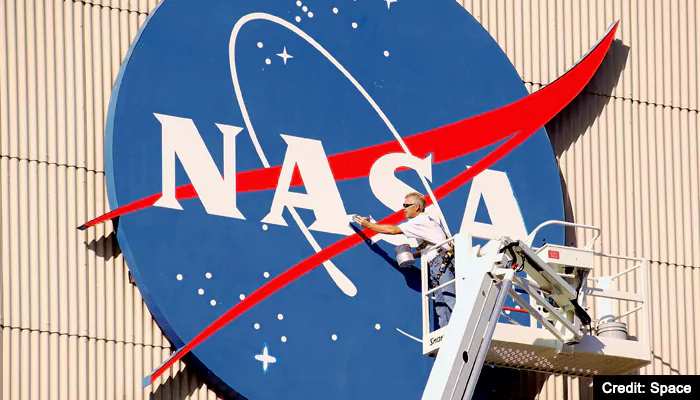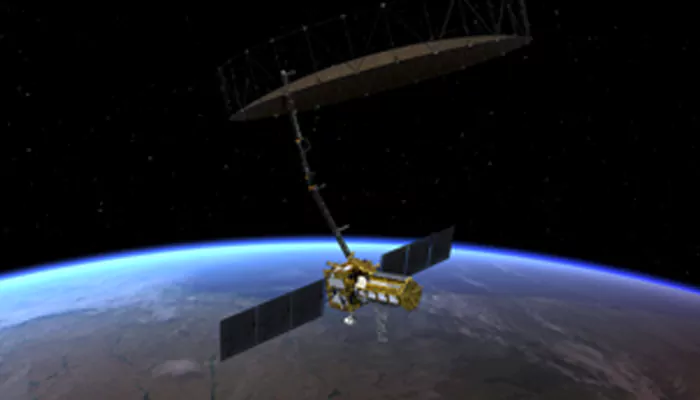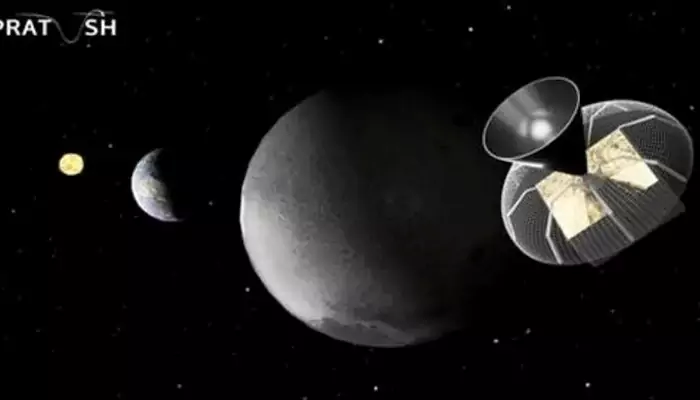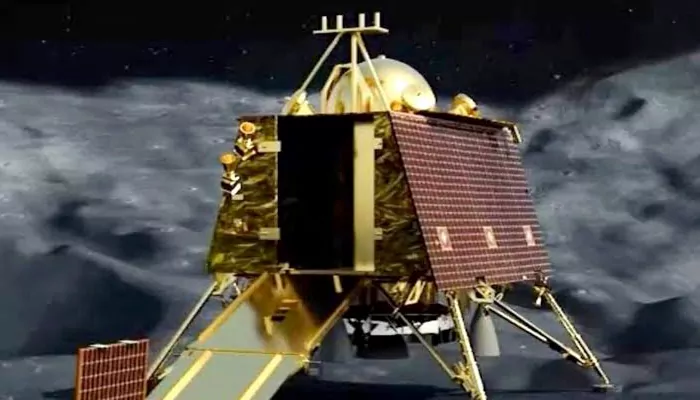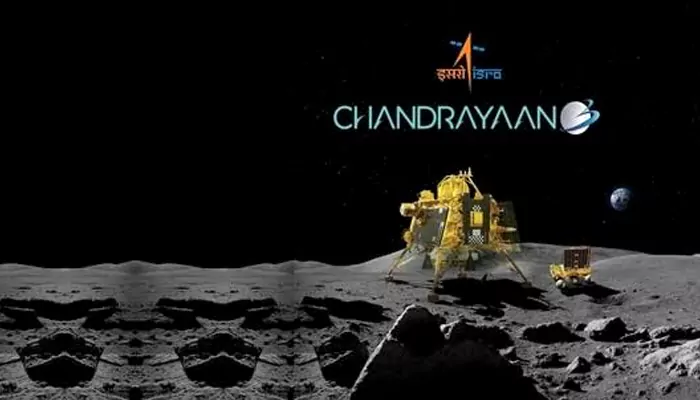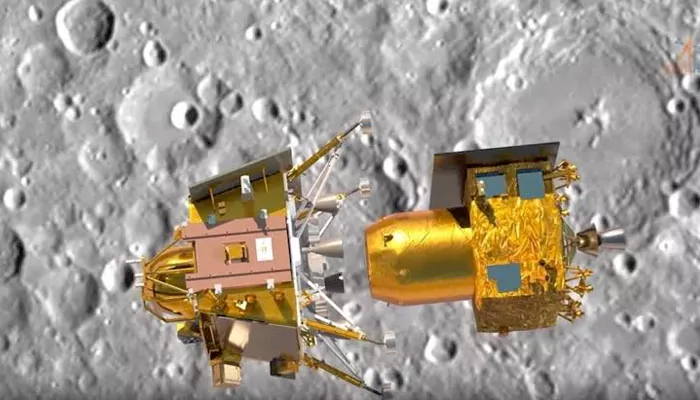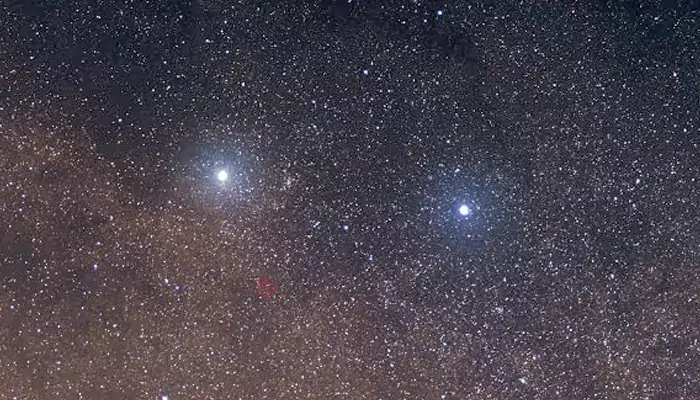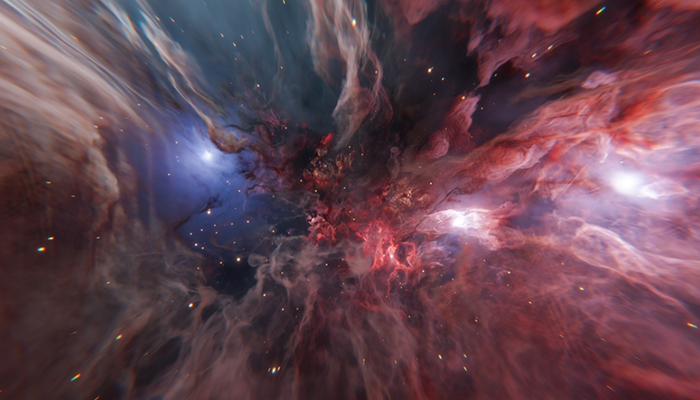On This Day - ISRO's Mangalyaan Was Launched In 2013: The Mission's Groundbreaking Discoveries About Red Planet
- Sayan Paul
- 1 year ago
- 4 minutes read

With an approximate budget of Rs 450 crore, Mangalyaan is the least-expensive Mars mission to date - cheaper than many Hollywood sci-fi films.
India has a very limited budget for space exploration, especially when compared to countries like the United States, the Soviet Union, and the ESA member states. However, the scientists and engineers at ISRO - our national space agency - compensate that fully with their vision, ideas, and technologies. And Mangalyaan, officially known as the Mars Orbiter Mission, is an example of that. It made ISRO the fourth space agency to achieve Mars orbit (after the Soviet space program, NASA, and the European Space Agency) and the second national space agency to do so on its maiden attempt (behind the European Space Agency).

Mangalyaan was launched on November 5, 2013 - exactly 11 years ago today - from the Satish Dhawan Space Center, Andhra Pradesh. After spending about a month in Earth orbit, the spacecraft entered Mars orbit on September 24, 2014. Prime Minister announced the news, saying, "Aaj MOM ka Mangal se milan ho gaya, aur Mangal ko MOM mil gayi."

To mark the 11th anniversary of Mangalyaan's launch, let's discuss some of the groundbreaking discoveries it made about the red planet.
The Altitude Profiles of Suprathermal Argon in the Martian Exosphere
One of the major achievements of Mangalyaan was its report on the altitude profiles of argon-40 in the Martian exosphere from four orbits. In December 2014, the Mars Exospheric Neutral Composition Analyser (MENCA) found that the upperlimit of the argon number density is almost 5 x 105/cm3 at an altitude of 250 km, while the typical scale height is about 16 km corresponding to an exospheric temperature of around 275 K. Over this altitude region, the scale height increases and makes the effective temperature greater than 400 K. Also, it found that the change in slope in argon density occurs near the upper exosphere of around 230–260 km.

Notably, the exosphere refers to the outermost layer of a planet's atmosphere.
The Neutral Composition of Mars' Evening Time Exosphere
Mangalyaan also studied the neutral (not charged) particles of Mars' evening exosphere, analyzing how they change and spread over time. The MENCA provided altitude profiles of three major constituents in the Martian exosphere: carbon dioxide, nitrogen molecule & carbon monoxide, and atomic oxygen. According to its findings, the carbon dioxide density (during evening hours) changes from 3.5 × 107 cm to 1.5 × 105/cm3 for an altitude change of 100 km in the exosphere.
True-color image of Mars acquired by India's Mars Orbiter mission on October 10, 2014, from an altitude of 76000 km. Image Credit: ISRO / ISSDC / Justin Cowart pic.twitter.com/8WkabsmNDN
— Black Hole (@konstructivizm) October 30, 2024
Credit: Black Hole
The measurements were taken from four orbits that were closest to Mars with a periapsis which varied between 262 and 265 km during the evening time.
The Atmospheric Optical Depth in the Valles Marineris
Valles Marineris is a system of canyons that runs along the Martian surface east of the Tharsis region - it is the largest canyon in the Solar System.
Based on the measurements acquired by Mangalyaan, scientists calculated atmospheric optical depth (AOD) over the northern and southern walls of Valles Marineris. The red channel of MCC (Mars Colour Camera) measured an AOD of 1.7 near the bottom of the valley on the northern wall ranging from 62°W to 68°W. Also, they found that it decreases monotonically to about 1.0 near the top. On the other hand, the green channel measures an AOD of around 2.1 and decreases monotonically with increasing altitude in the same way.
#ISROMissions
— ISRO (@isro) September 24, 2018
It's been four years since @MarsOrbiter successfully got inserted into Martian orbit on September 24, 2014 in its first attempt. #MOM's mission life was expected to be six months! So far, the Mars Colour Camera has acquired 980+ images. Mars Atlas is also ready. pic.twitter.com/z4GGkGvl0C
Credit: ISRO
It gives scientists an idea of how the weather in Mars' atmosphere changes, and how it affects our planet.
First Year data of Marse Orbiter Mission (MOM) Releasedhttps://t.co/H2qycDBEaP pic.twitter.com/pshCpccBSs
— ISRO (@isro) September 24, 2016
Credit: ISRO
A follow-up mission called Mangalyaan-2 is currently being developed at ISRO. It will enter an altitude more suitable for scientific research.

